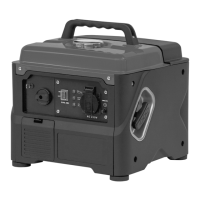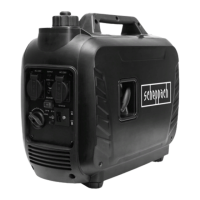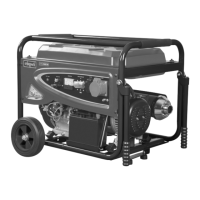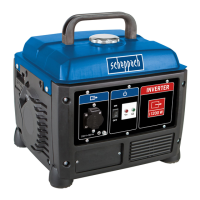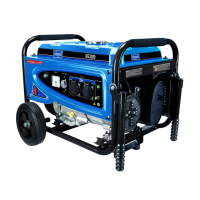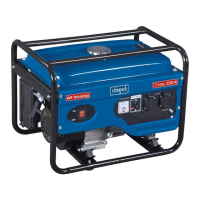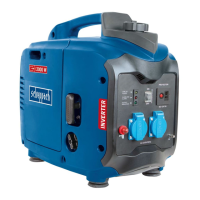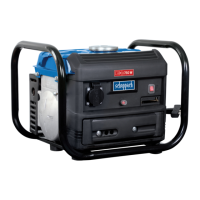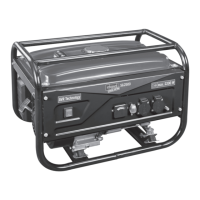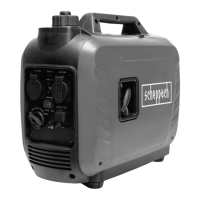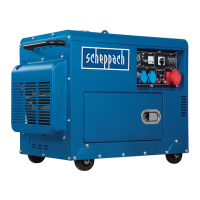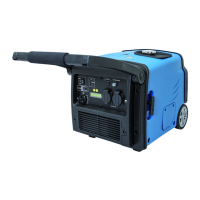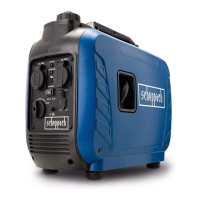What to do if my Scheppach IGT1500 Portable Generator engine does not start?
- JjohnthorntonAug 6, 2025
If your Scheppach Portable Generator's engine isn't starting, there are a few things to check: * First, the automatic oil cut-out might be the reason. Check the oil level and top up the engine oil if needed. * Second, the spark plug could be fouled. Try cleaning or replacing it. * Third, ensure that you have enough fuel. Refuel if necessary and have the petrol cock checked.
